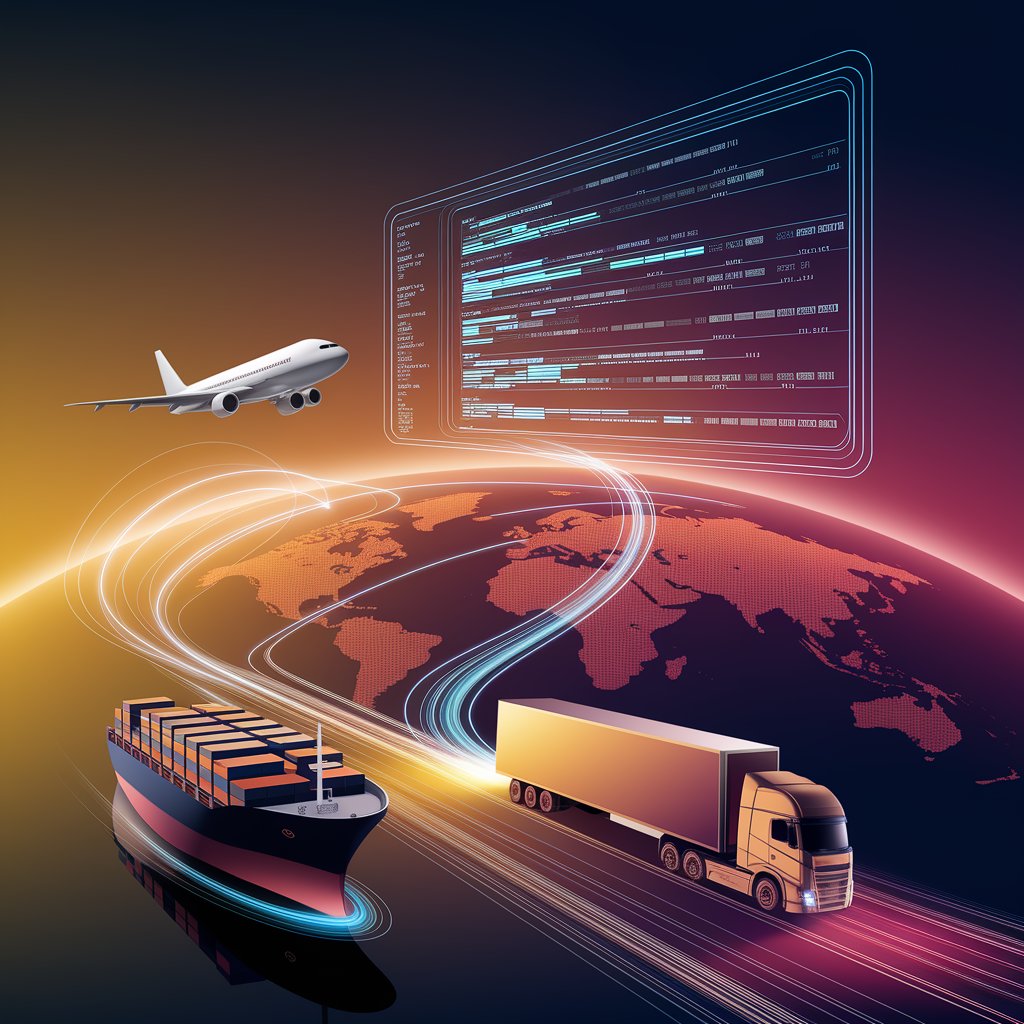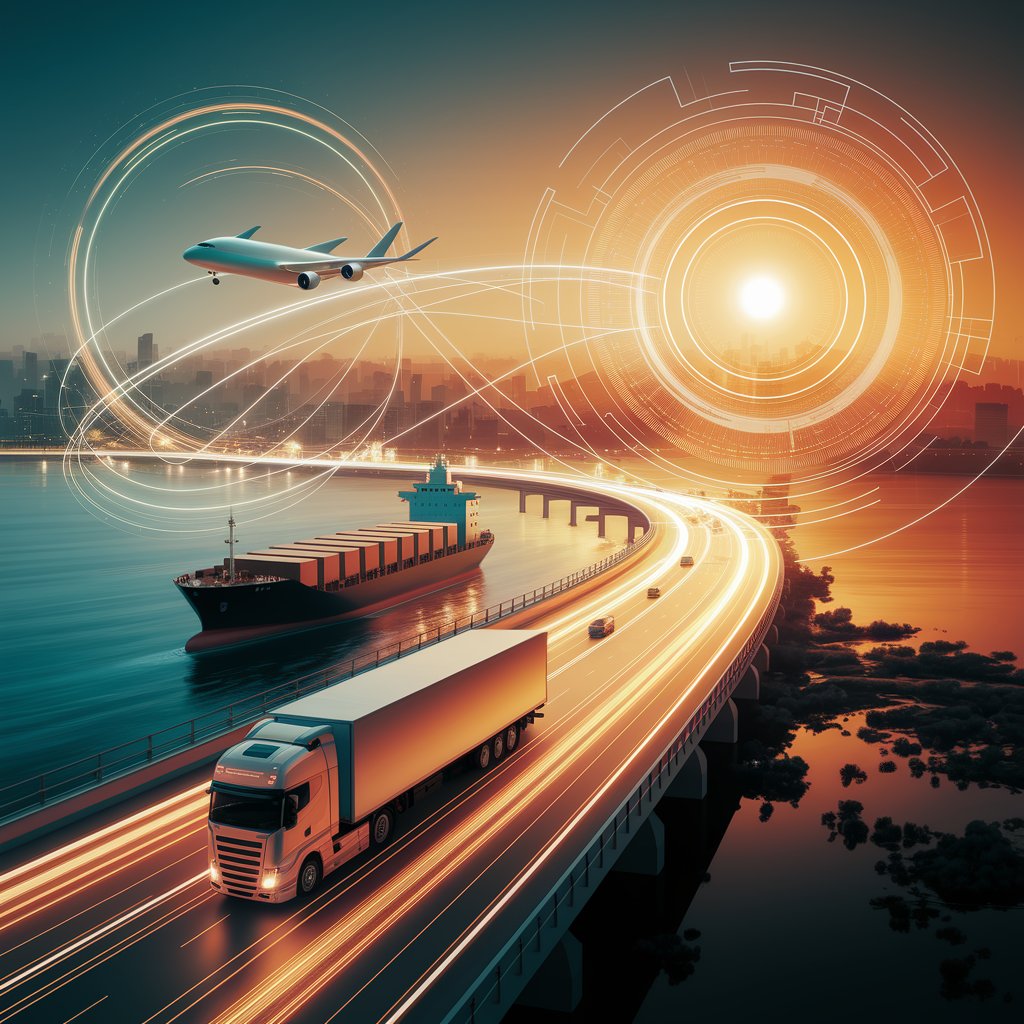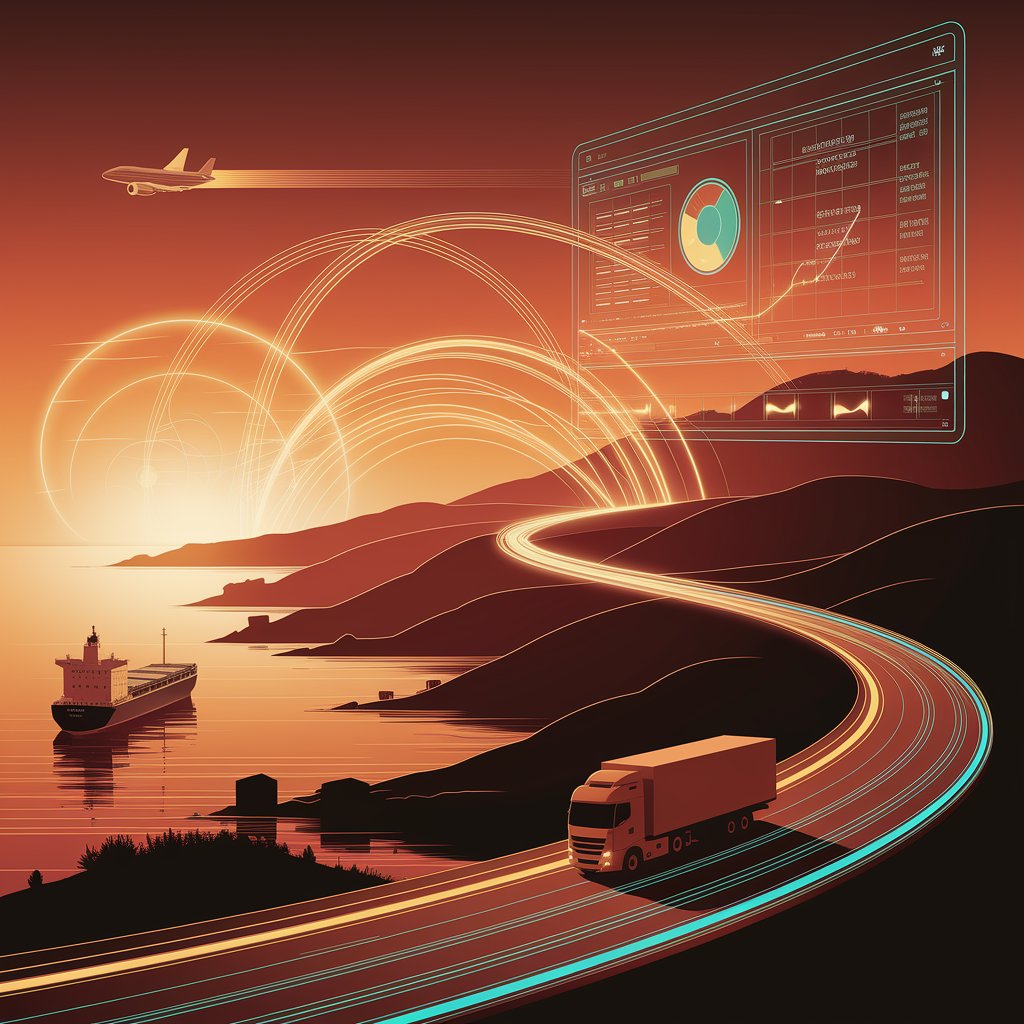Digital Supply Chain: Reinventing Logistics in the Modern Era

Introduction
By integrating advanced technologies like AI, IoT, blockchain, and automation, the digital supply chain enables organizations to operate with efficiency, transparency, and resilience. It’s not just about moving goods—it’s about creating an interconnected ecosystem that reacts instantly to market changes.
What Is a Digital Supply Chain?
A digital supply chain is the technology-driven evolution of traditional supply chains. It leverages digital tools to connect every stage of logistics, from procurement and production to transportation and final delivery.
The goal is simple: eliminate inefficiencies, enable data-driven decisions, and provide end-to-end visibility across the entire supply chain network.

Key Technologies Behind the Digital Supply Chain
- Artificial Intelligence (AI): Predicts demand, optimizes routes, and prevents delays.
- Internet of Things (IoT): Sensors monitor shipments and warehouse conditions in real time.
- Blockchain: Secures transactions and ensures transparent documentation.
- Cloud Platforms: Enable seamless collaboration across global partners.
- Robotic Process Automation (RPA): Automates repetitive logistics and documentation tasks.
Benefits of Adopting a Digital Supply Chain
- Real-Time Visibility: Monitor shipments and stock levels instantly.
- Operational Efficiency: Reduce costs and time through automation.
- Risk Mitigation: Anticipate disruptions with predictive analytics.
- Customer Satisfaction: Meet rising expectations for transparency and speed.
- Sustainability: Track emissions and improve eco-friendly practices.

Real-World Applications
- E-commerce Giants: Use digital supply chains for rapid order fulfillment.
- Pharmaceutical Logistics: Ensure compliance with temperature-controlled tracking.
- Global Manufacturing: Manage supplier risks with AI-powered insights.
- Freight Forwarders: Streamline documentation and customs clearance digitally.
The Future of the Digital Supply Chain
Tomorrow’s supply chain will be autonomous, predictive, and sustainable. With AI agents, digital twins, and connected ecosystems, logistics providers will shift from being reactive to proactively adaptive. Expect warehouses with robotics, predictive disruption alerts, and eco-focused solutions as standard features in the coming decade.

Conclusion
The digital supply chain is no longer optional—it is a necessity for companies aiming to remain competitive in logistics and global commerce. By combining AI, IoT, and automation, businesses gain efficiency, visibility, and resilience while preparing for the demands of tomorrow’s market. Organizations that embrace digital transformation today will lead the way toward faster, smarter, and more sustainable logistics.
